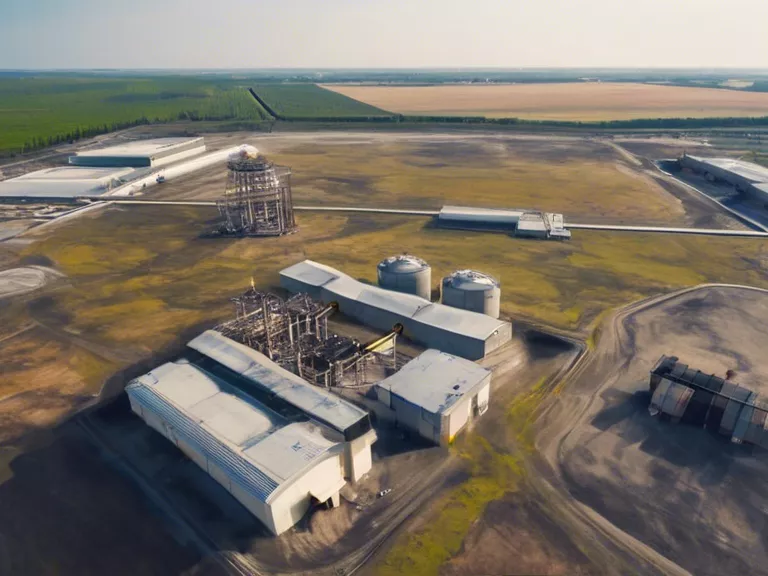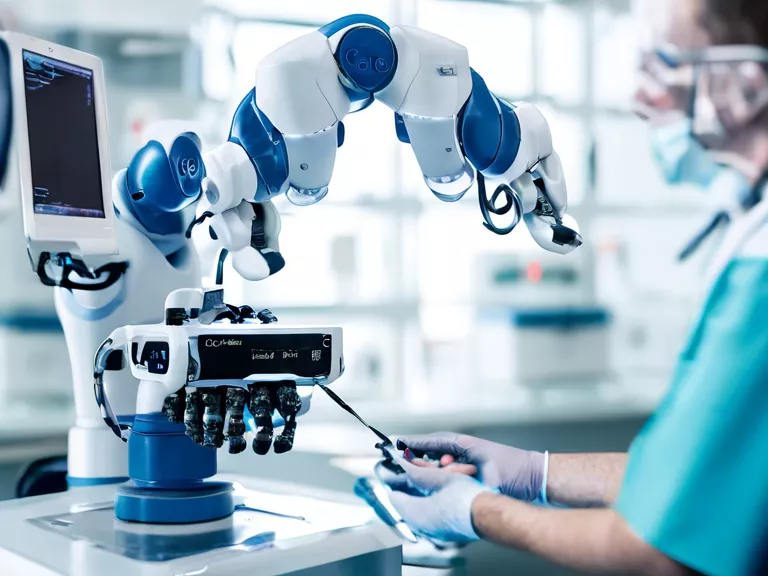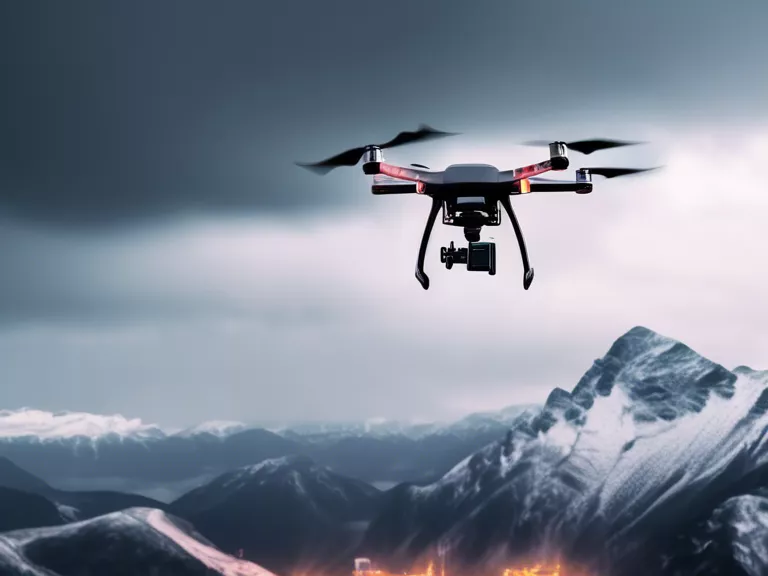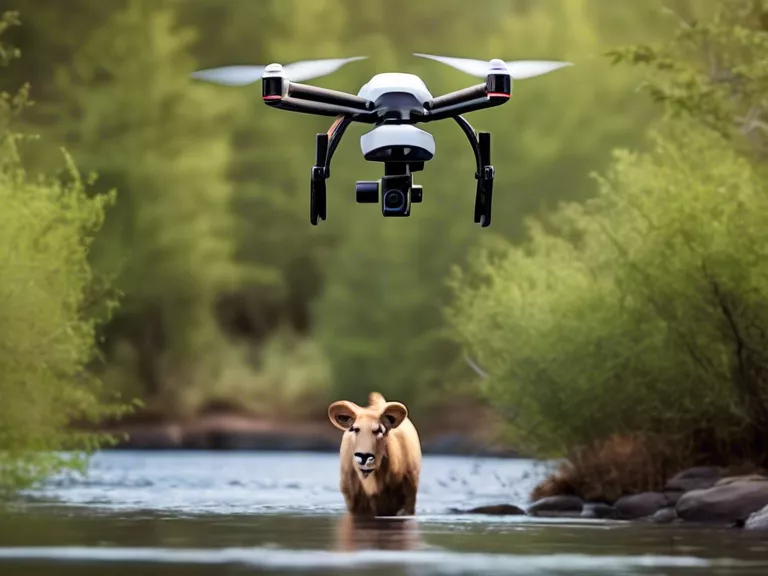
Drones have become an indispensable tool in various industries, including manufacturing, construction, and energy. One of the key applications of drones in industrial settings is aerial inspections. These high-tech devices are revolutionizing the way companies conduct regular maintenance, assess infrastructure, and ensure safety in hazardous environments. Let's explore how drones are being used for aerial inspections in industrial applications.
In industries such as oil and gas, power generation, and utilities, the infrastructure is often vast and hard to access. Traditional methods of inspection involve sending workers to dangerous heights or confined spaces, putting their lives at risk. Drones offer a safer alternative by providing a bird's-eye view of the entire facility without the need for personnel to physically climb structures or enter hazardous areas.
Aerial inspections with drones are not only safer but also more cost-effective and efficient. Drones equipped with high-resolution cameras, thermal imaging sensors, and LiDAR technology can capture detailed images and data from hard-to-reach places. This data can then be analyzed to detect defects, corrosion, leaks, or other issues that may affect the integrity of the infrastructure. By identifying problems early on, companies can prevent costly repairs, downtime, and potential accidents.
Moreover, drones enable faster and more frequent inspections compared to traditional methods. With drones, companies can conduct inspections on a regular basis without disrupting operations. This proactive approach allows organizations to address maintenance issues before they escalate, ensuring the reliability and longevity of their assets.
In conclusion, drones are transforming industrial inspections by offering a safer, more cost-effective, and efficient solution for monitoring infrastructure. As technology continues to advance, drones are becoming increasingly sophisticated, allowing for more precise and comprehensive inspections. By leveraging drones for aerial inspections, companies can improve safety, save time and money, and enhance their overall operational efficiency.



